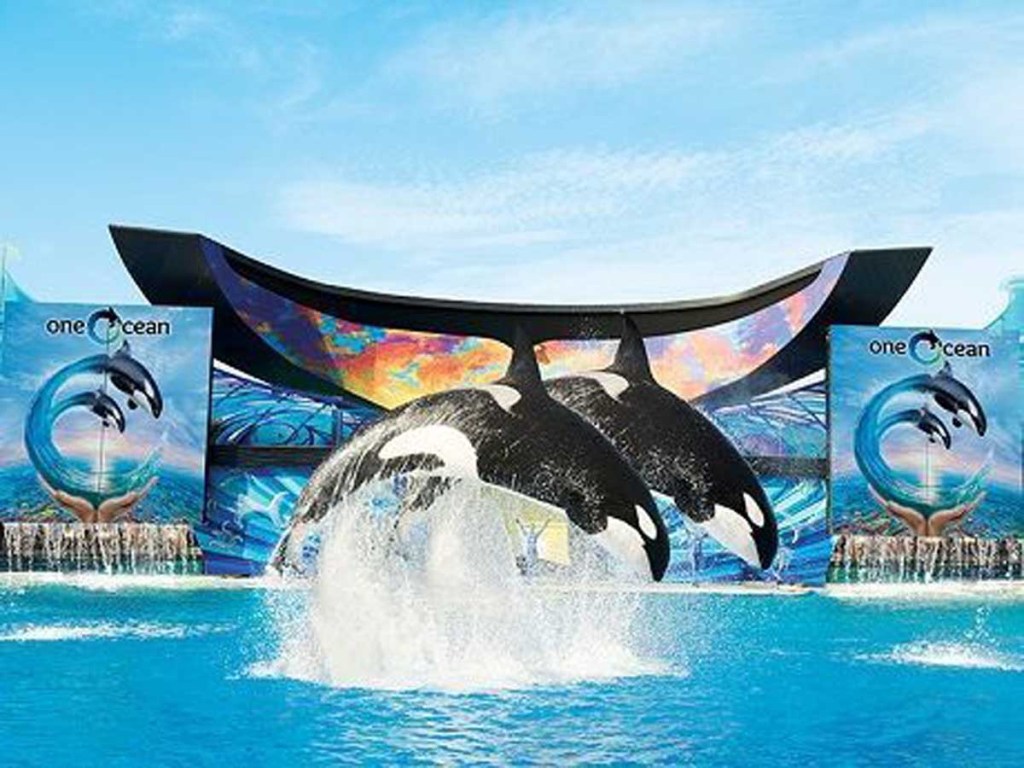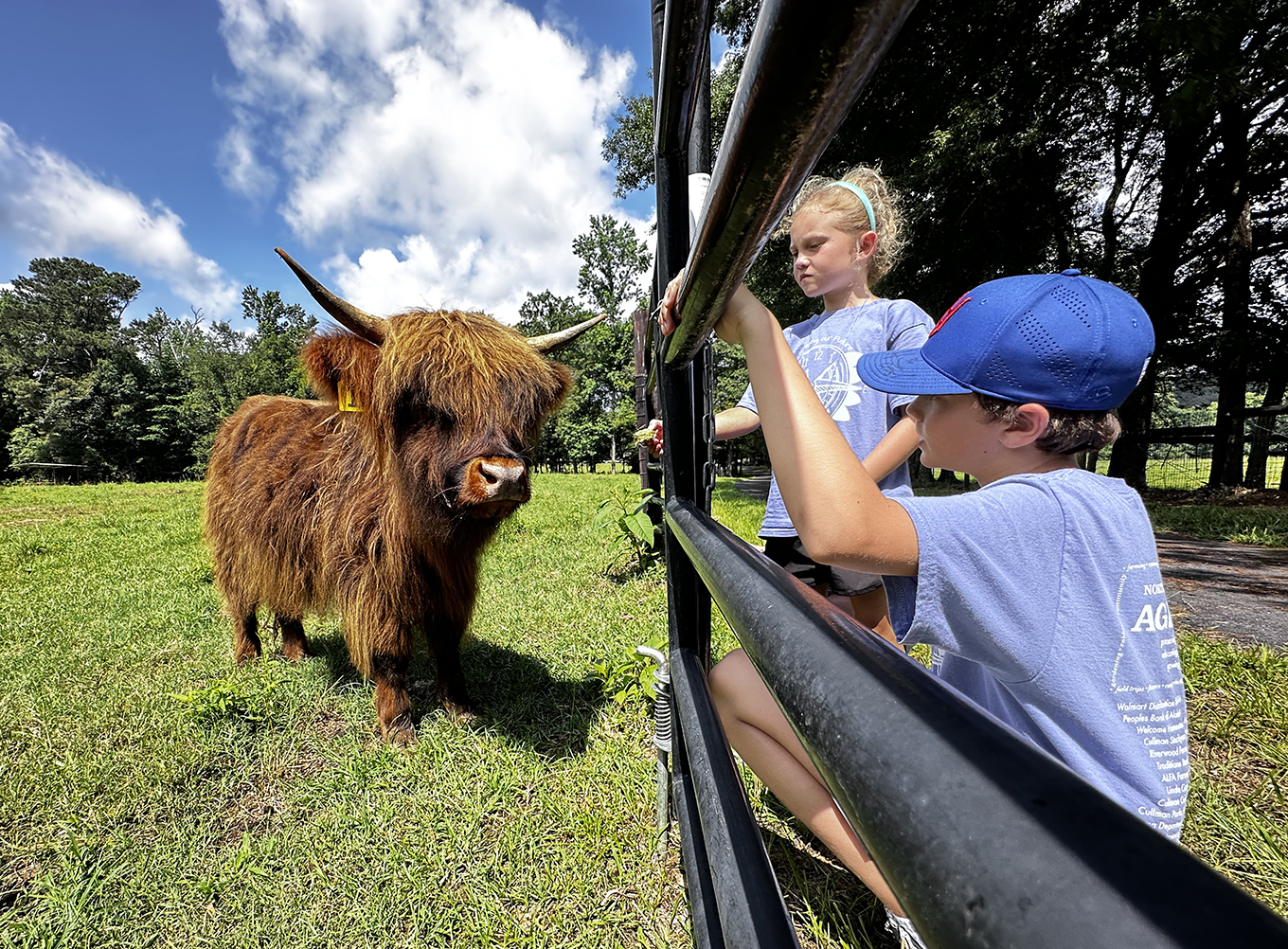Three whales have died at SeaWorld San Antonio in the last six months
Published 7:57 am Wednesday, December 23, 2015

- Whales at SeaWorld San Antonio
When SeaWorld San Antonio announced the death of an 18-year-old killer whale this week, it sounded a lot like a somber broken record.
“We are saddened to share the passing of Unna today,” the park’s release said. Unna suffered from an infection from a resistant strain of fungus called Candida. The whale had been in serious condition and under around-the-clock care, though the exact cause of her death has yet to be determined.
The life expectancy of a female killer whale ranges from 30 to 50 years.
In her passing, Unna joins two other whales that have died at the park in the past six months. November saw the death of Stella, a beluga whale that was being treated for gastrointestinal problems. And in July, SeaWorld-goers mourned a newborn beluga who died after being born premature.
The succession of deaths is raising eyebrows as SeaWorld has faced increasing scrutiny since the 2013 documentary “Blackfish,” which detailed the circumstances of orcas who live and perform at the company’s parks. The film focuses on the life of Tilikum, an orca at SeaWorld Orlando that killed one of his trainers and is associated with two other deaths.
SeaWorld Antonio is accustomed by now to questions about its conduct. In fact, it preempted them with a “Frequently Asked Questions”-style addendum to the announcement of Unna’s death.
The queries posed and answered include: “Some have claimed that SeaWorld has unbalanced water disinfection with high levels of chlorine. Is that true?”, “Activists claim that Unna’s immune system was compromised from stress, making her more susceptible to infections and ultimately causing her death. How do you respond to that?” and “We saw that SeaWorld Antonio had three whales die in six months. Is something wrong with the animals or the care they are receiving?”
In response to the last, the park iterated that the deaths have no connection to each other.
“After a review of each of these cases, none of the issues were related to each other, or to the care that the animals received, which is the care that SeaWorld is world-renowned for,” the release said.
According to SeaWorld’s website, Unna began undergoing treatment as early as September, and received a medication that had never before been used on killer whales. This “novel treatment plan” was developed by SeaWorld veterinarians working with kidney and fungal experts from around the country.
This plan was devised after Unna didn’t respond to conventional therapies. Her condition fluctuated over the months, and it was unclear whether she was responding well to the new treatment, which is commonly used on humans suffering from fungal infections.
“We have no evidence that Unna was stressed from her environment,” the release said. It has been 25 years since a killer whale in SeaWorld’s care last died of a Candida infection.
Unna’s passing caps a year of – some might say crippling – change for the marine park company.
SeaWorld’s San Diego location announced in November that would be phasing out its controversial trademark “Shamu” shows, theatrical performances featuring trained orcas. A month before that, the California Coastal Commission banned the breeding of killer whales in captivity at the same time that it approved an expansion of SeaWorld San Diego’s killer whale habitat.
The new regulations also restrict the sale, trade or transfer of orcas, though SeaWorld can still house beached and rescued animals approved by the government.
The biggest blow was the breeding prohibition, which may mean that SeaWorld’s current crop of 11 killer whales will be its last.
Prior to 2015, SeaWorld was already suffering declining revenue and attendance, in part as a result of the “Free Tilly” movement that emerged from “Blackfish.” Formerly loyal parkgoers began to see SeaWorld’s treatment of its whales as dangerous to both the animals and the humans who cared for them.
SeaWorld San Antonio’s preemptive responses to questions about Unna’s death is reminiscent of an even lengthier document the company published in the lead-up to the release of “Blackfish.” The statement, sent to 50 film critics, pushed back against many of the points in the documentary, principally the notion that SeaWorld often neglected its animals for the sake of its bottom line.
“We sleep and breath care of animals,” Kelly Flaherty Clark, a SeaWorld employee who works with Tilikum, told the New York Times. She said her testimony at an Occupational Safety and Health Administration hearing, at which SeaWorld was cited for violating safety regulations, was taken out of context and did not accurately represent her views.
The public relations campaign ultimately did little to temper “Blackfish”-related fallout, which prompted the resignation of then-CEO Jim Atchison in December 2014.
The responses to SeaWorld’s Facebook announcement of Unna’s death were largely sympathetic.
“I’m so sorry,” user Karen Kuchar wrote. “I just visited SeaWorld, and it’s obvious how much the trainers and workers love the whales and animals. It’s like losing a family member. Thank you Sea World for doing all you can, and for the great work you do.”





